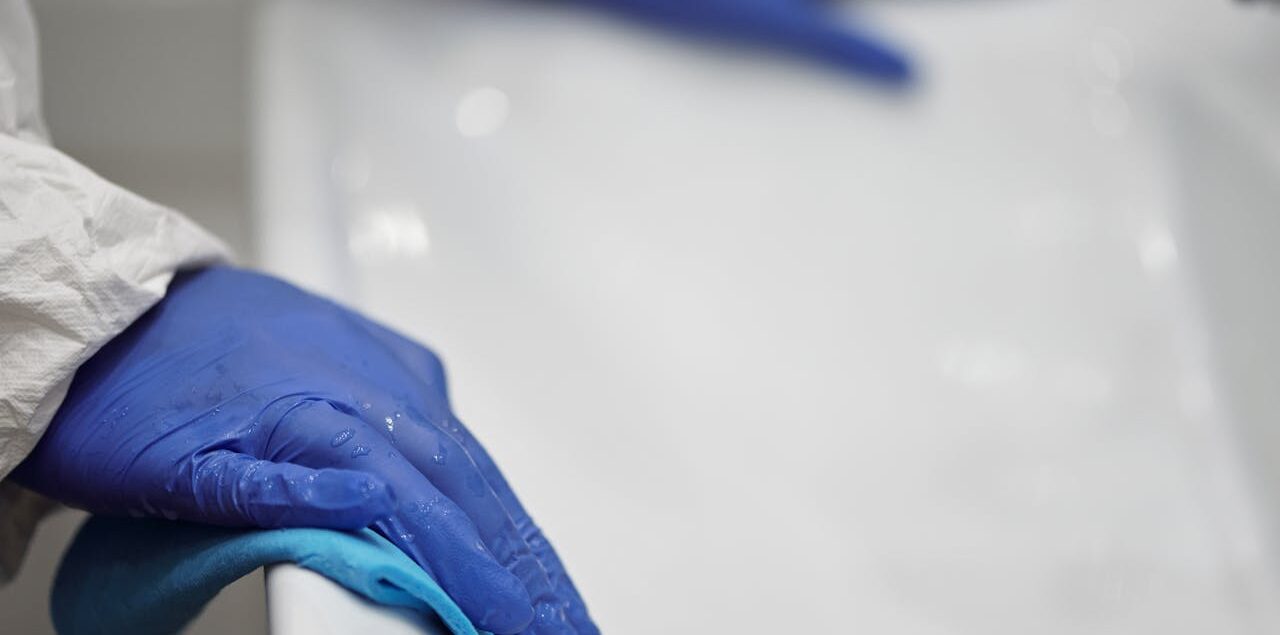Understanding the Differences Between Cleaning, Disinfecting, and Sanitizing
You’ve probably heard the terms cleaning, disinfecting, and sanitizing tossed around when it comes to keeping your commercial space spotless. While they might seem interchangeable, each one has a specific role in maintaining a healthy and safe environment. Let’s break down the differences in a straightforward and conversational way, so you can ensure your space is as pristine as possible.
Cleaning: The First Line of Defense
Cleaning is the most basic and essential step. It involves removing dirt, dust, and debris from surfaces. Think of it as tidying up. When you clean, you’re physically removing the grime you can see with your eyes. This might include wiping down countertops, sweeping floors, or vacuuming carpets.
Cleaning doesn’t necessarily kill germs, but it does reduce their number and helps to prepare surfaces for the next steps: disinfecting and sanitizing. For example, using a commercial-grade cleaner to wipe down a conference table removes food crumbs and dust, making the table look neat and tidy.
Disinfecting: Going After the Germs
Disinfecting takes things a step further by actually killing germs on surfaces. This process uses chemicals to destroy bacteria, viruses, and fungi. Disinfectants are your best friends in high-touch areas like door handles, light switches, and shared equipment.
When you disinfect, you target the microscopic organisms that can cause illness. It’s crucial, especially in environments like offices, schools, or healthcare facilities. For instance, spraying and wiping down a doorknob with a disinfectant will kill any lingering germs, helping to prevent the spread of infections.
Sanitizing: Balancing Act
Sanitizing is all about reducing the number of germs to a safe level as judged by public health standards. This process is common in environments where food is prepared, like kitchens or cafeterias. Sanitizers are typically used after cleaning and can be a bit less intense than disinfectants.
Sanitizing might involve using a product that quickly lowers the number of germs on surfaces to safe levels. For example, after cleaning your office breakroom counter, you might use a sanitizer to make sure the surface is safe for food preparation.
Putting it All Together
By integrating all three practices into your cleaning routine, you’ll ensure a thorough approach to maintaining cleanliness and hygiene. It’s not just about making things look good; it’s about creating a safer environment for everyone.
Ready to up your cleaning game? Stock up on the right products from SaniChem and make sure you’re using them effectively. Your commercial space will look pristine and be a healthier place for everyone who steps through the door.

